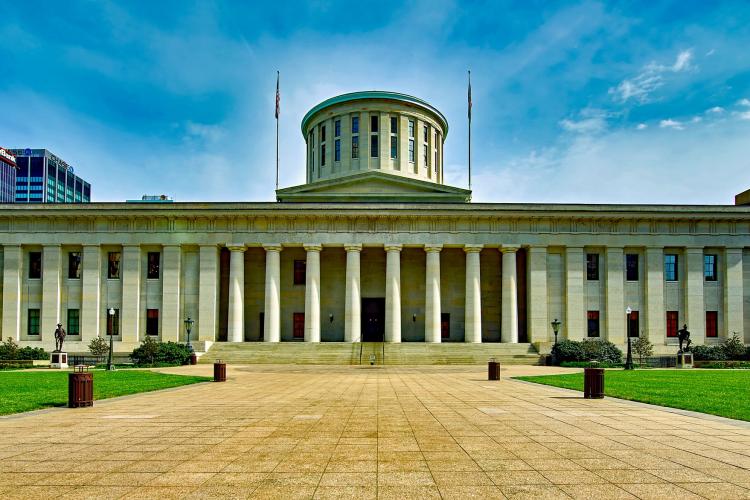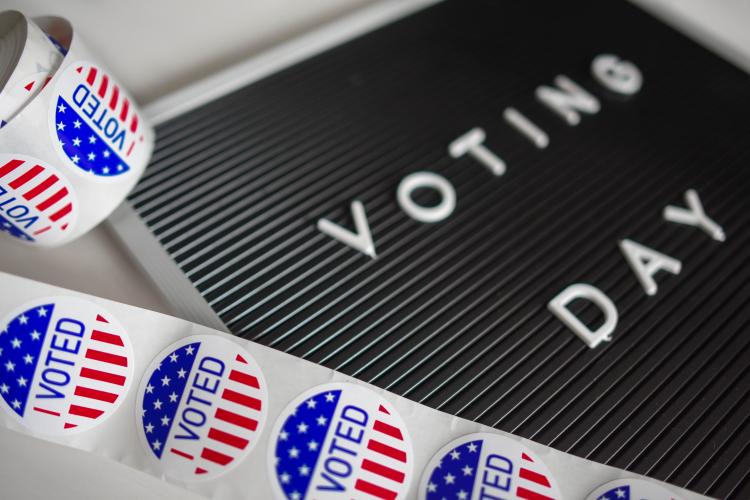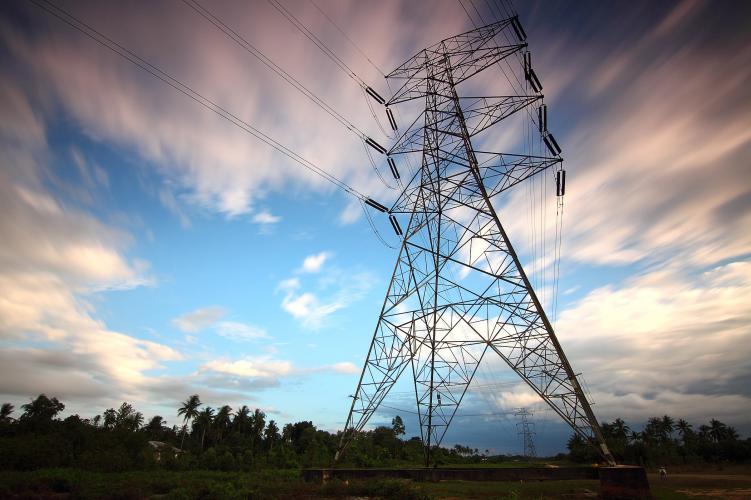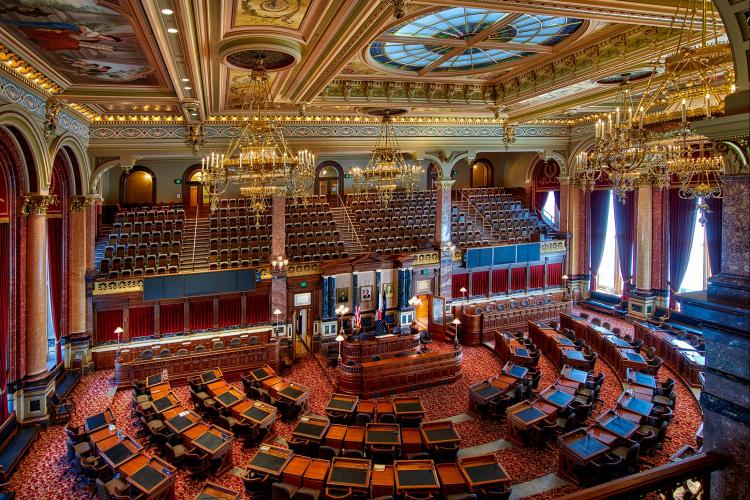Explainer
Victory in Ohio: Energy Efficiency Rollback Bill Stalls without Action
With the conclusion of the 132nd General Assembly Session on December 31, 2018, a bill to significantly curtail Ohio’s energy efficiency resource standard (EERS) officially died, leaving the state’s clean energy economy preserved. This was a victory for Ohio’s many clean energy jobs, its economy, customers’ energy bills and the environment.
But the path to victory was not easy, and a diverse set of stakeholders, including MEEA, spent two years working with policymakers to ensure they understood the benefits of energy efficiency and the potential costs of passing H.B. 114.
3 Member Benefits that Take the Hassle Out of Your Workday
In 1930, economist John Maynard Keynes predicted that, thanks to technological advances and increases in efficiency, his grandchildren’s generation would only work 15 hours-a-week.
Fast forward to today, and the 15-hour work day is probably more common than the 15-hour work week. Peek at your jam-packed work calendar and bottomless email inbox, and it’s clear we’re as busy as ever.
But don’t worry – these MEEA member benefits can help take the hassle out of your workday. Here are 3 favorites of MEEA insiders:
What Do the Midterm Elections Mean for Energy Efficiency?
The 2018 midterm elections brought significant voter participation, with turnout breaking levels not seen since the 1960s. Nationally, this enthusiasm shifted power in the U.S. House of Representatives back to the Democrats, while Republicans increased their control of the U.S. Senate. A total of nine House seats in the Midwest flipped to Democratic-control—in addition to two seats in Minnesota changing from Democratic to Republican.
Energy Efficiency is a Win-Win. So Why Does the Affordable Clean Energy Rule Ignore It?
In 2015, the U.S. Environmental Protection Agency (EPA) finalized their much-anticipated Clean Power Plan (CPP). This rule, proposed by the Obama Administration, aimed to reduce U.S. carbon dioxide emissions from existing fossil fuel power plants by 32% by 2030. The CPP set the first-ever national limits on carbon pollution from power plants and allowed states flexibility to comply with the emission targets.
The “Affordable Clean Energy” (ACE) rule is the proposed replacement to the CPP by the Trump Administration. While the CPP prudently incorporated energy efficiency, ACE largely ignores it, undermining the economic, environmental and health benefits energy efficiency offers.
Smart Discussion on Smart Grids
As more and more distributed resources come onto the grid, we are coming full circle back to something that looks more like Edison’s original distributed energy system, after a century of Samuel Insull’s centralized model. Besides changes in how energy is generated, the way it is used is also changing, with energy customers becoming active participants rather than just passive consumers. The interoperability of all of the devices on the grid is essential to keeping up with the changing needs of customers and energy markets.
6 Energy Efficiency Financing Options You Should Know
Energy efficiency improvements can be expensive and burdensome for residential homeowners, renters and building owners. Luckily, there are an increasing number of financial options to help cover the up-front costs of efficiency upgrades. Below, we lay out several financing options to make our homes and workplaces more energy efficient.
1. On-Bill Financing
On-bill financing is an umbrella term for a financing program where a charge is added to a customer’s energy bill to repay a loan from a utility for energy efficiency upgrades. The utility acts as the lender and incurs the upfront costs of the improvements.
How It Works
Cost-Effectiveness Testing Needs a Refresh. The "Minnesota Test" Could be Just the Thing.
Cost-effectiveness testing is an important part of energy efficiency planning, reporting and evaluation. Utilities use cost-effectiveness tests to demonstrate that their investments in energy efficiency are in the best interests of the utility, their customers and society in general. The traditional tests come from a California Public Utility Commission manual that was developed in the early 1980s and last updated in 2001.
Iowa's EE Rollback Explained
On May 4, Iowa Governor Kim Reynolds signed Senate File 2311(SF 2311) into law, which will make significant changes to the way utilities drive customer energy savings programs within the state. Most notably, the bill caps utility investments in energy efficiency and created a broad opt-out provision for all customers.
Anti-EE Bill Advances in Iowa Legislature
Last week the Iowa House Commerce Committee passed Senate File 2311, a bill that will significantly alter the way utilities drive customer energy savings programs in Iowa. The bill has already passed the Senate and is now eligible to go to a debate on the House floor.








